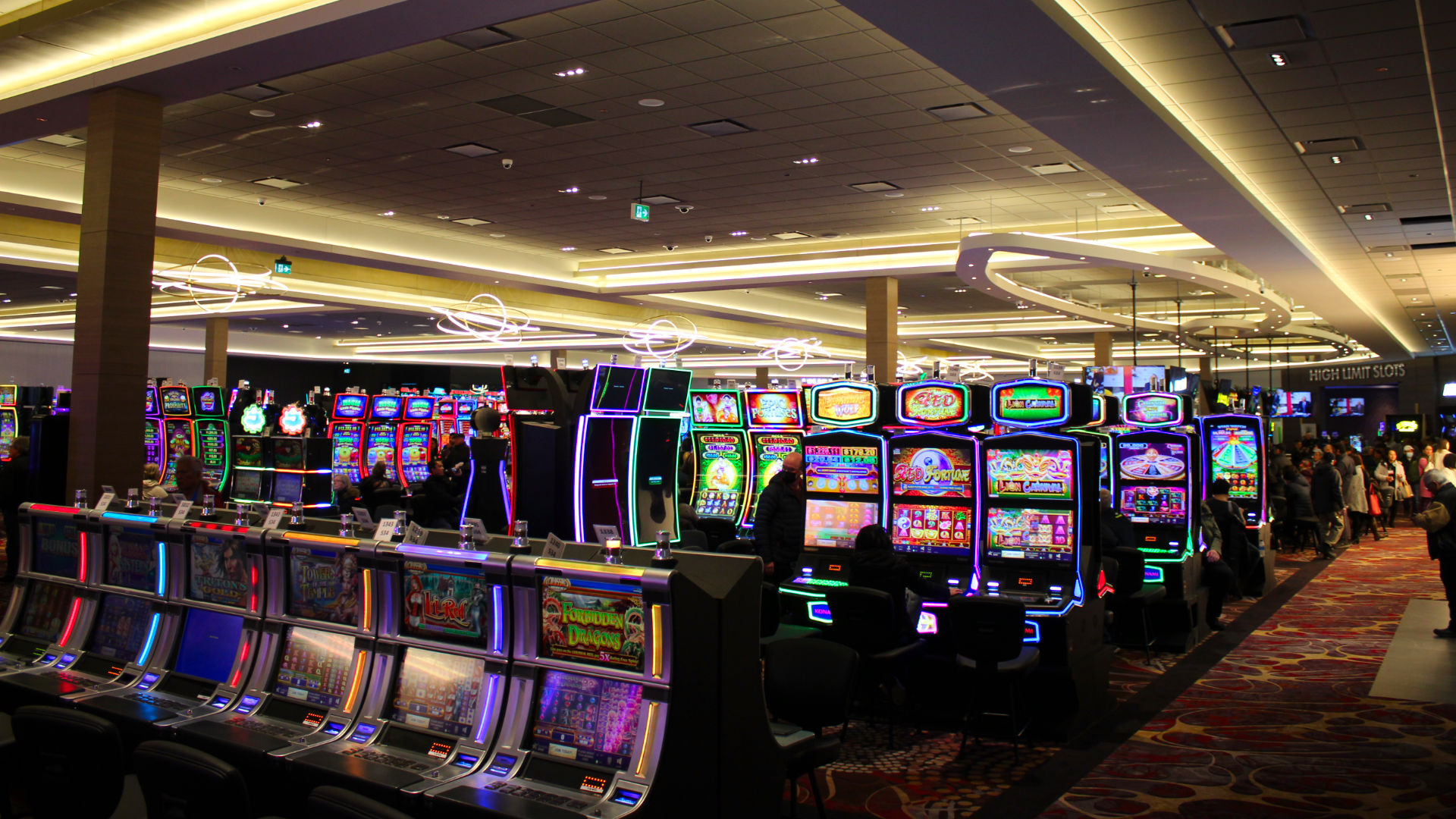Furniture in the mid-century modern style has experienced a notable resurgence in popularity, fascinating design enthusiasts and residents alike. This iconic design movement, which flourished from the forties to the sixties, is celebrated for its sleek lines, natural shapes, and useful artistry. As we progress through an dynamic design landscape, the enduring appeal of mid-century modern objects persists to spark fresh interpretations in contemporary settings.
In modern homes, mid-century modern furniture effortlessly integrates with a range of design styles, which makes it a versatile choice for those looking to imbue charm and nostalgia into their spaces. The simple yet striking aesthetic enhances both classic and modern designs, while providing a sense of history and artistry. boucle accent chair As we explore the renewal of this chic style, we reveal how mid-century modern furniture can elevate our living environments, designing spaces that are both stylish and inviting.
Key Characteristics of Mid-Century Modern Furniture
Furniture from the mid-century modern era is characterized by its sleek lines and practical designs, highlighting straightforwardness and utility. Creators of this era concentrated on creating pieces that were aesthetically pleasing but also had functionality. The use of fluid lines paired with angular designs shapes this style, resulting in furniture that appears both everlasting and current.
A further key feature of mid-century modern furniture is the use of innovative materials. Together with traditional woods, designers began to experiment with synthetic materials, metals, and glass. This mixture of materials facilitated greater creativity and helped to produce light, durable pieces that opened up new avenues for design, making furniture more attainable to a larger public.
Utility often took center stage in mid-century modern designs, with many pieces tailored for small spaces without compromising on comfort or visual appeal. This practical approach produced adaptable furniture, such as convertible sofas and stackable tables, responding to the changing lifestyles of post-war America. The focus on both design and usability has cemented the lasting popularity of mid-century modern furniture in the present homes.
Integrating Mid century Modern Aesthetics
To integrate mid-century modern design into your space, start by choosing essential furnishings items that embody the vibe. Seek out pieces with clean lines, organic shapes, and a streamlined approach. Iconic items like a Scandinavian teak sideboard, an LCM chair, or a Noguchi coffee table can serve as the highlights of your home. These items not only reflect the design’s simplicity but also its focus on functionality, making them both visually appealing and practical.
Color plays an integral role in mid-century modern aesthetics, so consider a color palette that blends muted tones with more vibrant accent colors. Consider earth tones, pastels, and rich colors that enhance your pieces. Including fabric elements such as patterned rugs, bold throw pillows, or curtains with a discreet print can enhance the overall look and bring cohesion. This intentional use of hues and texture will aid create a cohesive and inviting environment that captures the spirit of the time period.
In conclusion, combining accessories is vital for achieving a refined mid-century modern look. Compile a collection of decorative objects, such as vintage ceramics, abstract art, and sculptural lighting fixtures that reflect the style’s artistic influences. By mindfully placing these pieces throughout the area, you will add depth and character while honoring the principles of mid-century modern design. This approach allows you to embrace both the elegance and the functionality that characterize this classic aesthetic.
Maintenance and Restoration Tips
To maintain mid-century modern furniture in excellent condition, consistent maintenance is essential. Dusting with a gentle, non-abrasive cloth can prevent the accumulation of dirt that may damage surfaces. For wood pieces, a high-quality furniture polish can improve the sheen and protect the finish, but be sure to try it on a discreet, hidden area first. Steer clear of using harsh chemicals that can damage the original materials and natural finishes often used in mid-century furniture.
When it comes to upholstery, cleaning is important to remove any dust and debris that can cause wear over time. If the fabric becomes stained or soiled, address it immediately with a mild soap solution or a fabric cleaner specifically designed for the upholstery material. For leather furniture, applying a leather conditioner twice a year can help preserve its suppleness and stop cracking.
For reconditioning projects, be careful and consider the original integrity of the piece. Stripping old finishes can reveal gorgeous wood grain, but it requires skill to avoid unintentional damage. If reupholstering, choose fabrics that capture the era’s playful color palette and geometric patterns. Consulting a trained restorer can help guarantee that the essence of your mid-century modern furniture is preserved while restoring its beauty.




